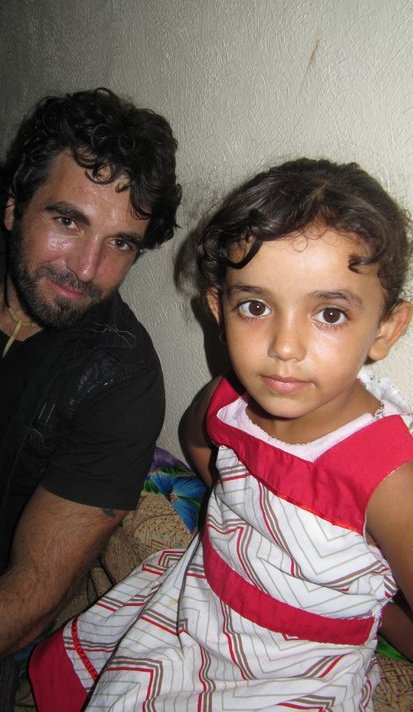Tag: Eva Bartlett
-
Vik: a friend, a brother, a humanist
Eva Bartlett | In Gaza I first heard of Vik before arriving in Gaza. Vik had just been injured by IOF water cannoning which shattered the windows of the fishing boat he was accompanying. Vik had some injuries from the shattered glass. When I met Vik he was nothing but humble and humour. A compassionate…
-
May Is About Memories
Eva Bartlett | Inter Press Service 25 May 2010 This is the month for Palestinians to remember their Nakba, or “catastrophe”, in which more than 700,000 women, men and children were pushed off their land and rendered homeless refugees by the Zionist attacks before, during and after the founding of Israel in 1948. Isdud, a…
-
Gaza’s virtual connection to the rest of the world
Electronic Intifada 23 May 2010 Eva Bartlett GAZA CITY, occupied Gaza Strip (IPS) – “I’ve learned most of what I know about photo editing and graphic design via the Internet,” says Emad, 27-year-old filmmaker and editor. In Gaza, this sort of thing has become usual in a different way. “This program isn’t available here,” he…

